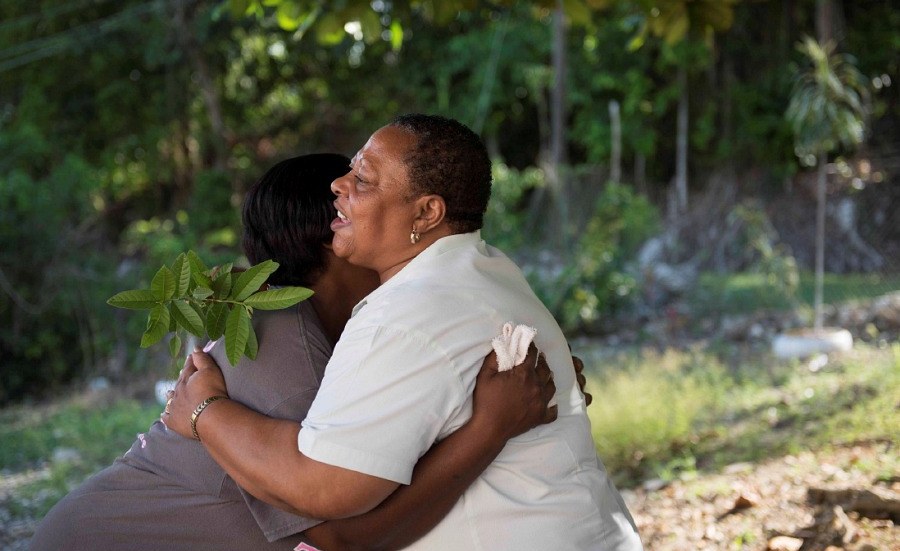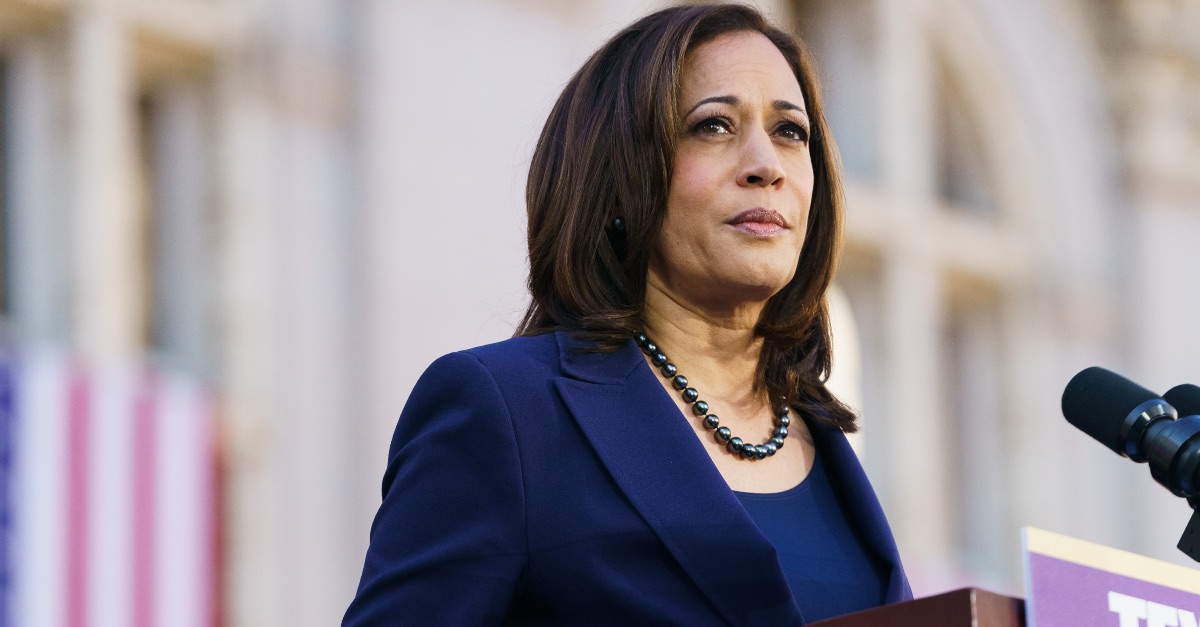An in-depth review of women’s football and how it can achieve sustainable growth “in order to achieve greater parity with the men’s game” will be launched by the Government this summer.
The findings are expected to be published by the end of 2022, but what might it unearth? Here is Telegraph Sport’s own assessment of the main changes required in the English women’s game.
1. Expand the top leagues
With 12-team leagues, there are not currently enough fixtures across the domestic season, reducing broadcast exposure and matchday revenue opportunities, as well as leaving fans wanting more.
The WSL and Championship should be increased to at least 14 or 16 teams, as there are currently more clubs wanting to go full-time than there are spots in the leagues for them to viably do so.
Similarly, the one-up, one-down promotion and relegation system needs to be amended to allow more teams to move between the divisions, particularly between tiers three and two. Only one side (Southampton or Wolves) will be promoted from the third tier this summer and that restriction is creating a bottleneck of talent stuck in the lower leagues.
2. Equalise access to football in schools and at grassroots
As of last year, fewer than two-thirds (just 63 per cent) of all schools in England were offering equal access to football to girls in PE lessons and the FA have targeted upping that figure up to 75 per cent by 2024, with help from Barclays. The numbers are even lower for those providing after-school clubs.
Significant efforts are being put in by the FA to persuade more schools to offer football to girls, but really the figure should already be 100 per cent. Too many schools still adopt the ‘boys learn rugby, football and cricket, while girls learn netball, hockey and rounders’ ideology – that is outdated and holds back growth.
On top of that, too many grassroots facilities are not up to scratch, with many teams reporting a lack of access to basic provisions like changing rooms.
One solution would be to mandate Premier League clubs to invest a minimum percentage of their seismic annual revenues into community facilities specifically to help women’s and girls sides, as part of their licence to compete at the top. Another would be to ensure all local councils guarantee a minimum number of hours per week where facilities are made available to girls teams.
3. Stop 11.30am kick-offs
A Saturday morning kick-off slot was introduced to the WSL this season following the start of a new broadcast deal with Sky Sports and the BBC, and the aim was simple: To avoid clashing with big men’s fixtures on Saturday afternoons.
However, the early kick-off slot has not proved to be a hit with match-going supporters – especially away fans – and also seems to clash with many children’s grassroots football slots. For those reasons, the experiment should end, to help attendances grow.
The Sunday evening slot has been a far better success, and Sky Sports’ head of football Gary Hughes revealed on Tuesday that they are averaging an audience of around 125,000 per live WSL match – 170 per cent up on former rights holders BT Sport – and that their highest audience this term was 550,000 viewers for Manchester City vs Tottenham, a 6.45pm kick-off on Sunday September 12.
A league-record 1.1m watched October’s Manchester derby on BBC One, which was a 1.30pm Saturday kick-off.
4. Increase access to modern stadiums
The recent success of Barcelona off the field, attracting two separate 91,000-plus crowds to the Nou Camp to break women’s football attendance records twice in the space of a month, showed what can be achieved with successful marketing.
However, what cannot be underestimated is the power of hosting the women’s team at the club’s main stadium, rather than at some of the disparate, drab, park-side grounds most have to play at.
The fan experience at many of the women’s team’s grounds leaves much to be desired, with supporters typically exposed to the elements, often with no roof, or using toilets in portable buildings at half-time.
Worse still, these venues are rarely easy to reach via public transport, further prohibiting access for families. Poor stadium facilities impact on the media too, with a lack of access to ISDN lines for radio coverage, for example, meaning some clubs are not getting the exposure they need on the airwaves. A higher proportion of games played at the men’s team’s usual homes would be a big step towards parity.
5. Address the disparity in prize money
The “shocking disparity” in prize money between men’s and women’s sport has been highlighted by Telegraph Sport’s #CloseTheGap campaign, backed by sports stars, campaigners and politicians, but the vast quantities of wealth within the world of football in particular make the gaps particularly staggering.
The next men’s football World Cup will see an overall prize fund of £335m, compared to a relatively measly commitment so far of at least £46m for the women’s event.
Domestically, the FA has been praised for recently raising the Women’s FA Cup prize fund from £428,915 this to £3m next year, but the figure still falls well short of the £15.9m the men’s competition receives. The Women’s League Cup, meanwhile, offers only a negligible prize pot, while the men’s League Cup winners take home £100,000.
6. WSL referees should be full-time professionals
Now that WSL players have been training full-time for four years across the entire division, it is high time the officials in the league were also given the opportunity to be fully professional. This would not only enhance the sporting integrity of the competition but also enhance the pathway for women in refereeing too.
Bibiana Steinhaus-Webb, the PGMOL’s first women’s select group director, says the league is taking steps towards this, adding: “The support structure around referees is crucial. A week is quickly filled with all the different needs and asks. One goal for the future is more time for the referees to get ready for the weekend’s job.
“The Premier League officials have exactly the same support structures around them, it’s just that they have more time to do it in, and more time to spend on the details.”
7. Keep players safe by ensuring medical equality
Medical provisions for players in the women’s game are still not up to scratch, and MPs are aware of the problem. Last year, Julian Knight, the chair of the Department for Digital, Culture, Media and Sport select committee, said women’s footballers were being “treated as second-class citizens”.
Even in the top flight, WSL rules do not require an away team to send a club doctor to matches, meaning just one doctor can be present at fixtures compared to the minimum of four at men’s Premier League matches.
Also, more funding and research is badly needed to try to halt the women’s game’s growing epidemic of career-threatening ACL injuries, which women are more prone to suffering than men.
8. Introduce wage limits
One of the few advantages the women’s game has by still being in a development phase is a priceless chance to avoid making the mistakes the men’s game has made. One of those would be to stop an unsustainable rise in players’ salaries before such a spiral begins.
There are already some players in the WSL earning more than £250,000 per year, and some players at European giants Lyon are paid around €500,000 per season.
Those figures are of course still dwarfed by the top men’s players’ salaries – which can be around 50 times those figures – and that is not to say top-level international athletes players don’t deserve such money. But nonetheless, some of those individual player salaries now exceed most smaller women’s clubs’ entire annual budgets.
As more investment belatedly comes into women’s football from sponsors and broadcasters, it would be a crying shame for it to go into the bank accounts of a few dozen top players, rather than being shared more evenly across the sport.
Note: This article have been indexed to our site. We do not claim legitimacy, ownership or copyright of any of the content above. To see the article at original source Click Here












